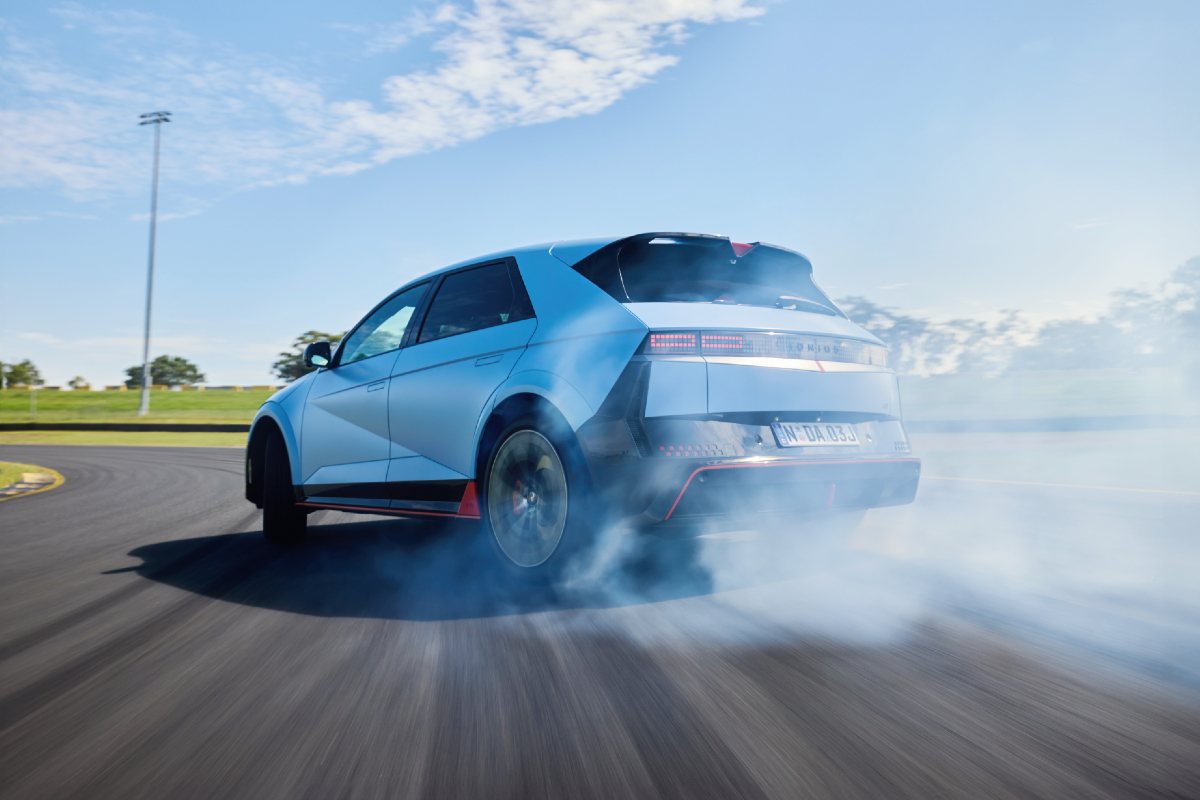Hyundai arguably revolutionised the performance electric vehicle market when it launched the Ioniq 5 N, thanks to the hot SUV’s available faux gearshifts and engine sounds.
While many thought it would be nothing more than a gimmick, the decision to pipe synthetic engine sounds into the cabin and simulate the feeling of an eight-speed dual-clutch transmission has been well received by critics and consumers alike.
Now seen as an industry benchmark, other brands such as Ferrari have spoken about following Hyundai’s lead, and now it appears Aston Martin will do so with its first EV.
“If it is a benefit to the driving performance capability of our cars, and therefore it is authentic and real, and we can use a system that allows the driver to have more emotion about driving, then yes,” Marek Reichman, Aston Martin’s chief creative officer, told CarBuzz when asked about the Hyundai’s simulated sound and shift systems.

“But if it is something that is purely artificial, then no. Because an Aston Martin is true; it’s authentic. There are only a few companies in the world of Formula 1 that sell road cars. We have a massive advantage.
“Imagine the knowledge, the data we’re gathering and how we can use it to make a road car more exciting. Whether it’s gears or some way of using torque vectoring to generate engagement, we are fully embedded to an exciting driving experience.”
While Reichman noted Aston Martin’s F1 background as a positive for its road car development, the British brand is leaning on a brand with no racing experience for its first EV.
Aston Martin has partnered with Lucid to help develop its purely battery-powered model. Despite Lucid struggling for global sales, it holds the official title of the world’s longest-range EV, having set the record last month with the Air.

“We use Brembo brakes because they are simply the best at manufacturing brakes. So why wouldn’t you use the best in the world at manufacturing electric motors and batteries? It’s exactly the same.
“There’s a relationship, but it’s not just a supply chain. We have a shared ownership structure between our company and their company.”
Aston Martin already has a partially battery-powered model in the plug-in hybrid Valhalla, though we’ll need to wait longer to see its first true EV.
Initially due to launch in 2025, last March it was pushed back to 2026, before a delayed arrival in 2027 was most recently delayed to 2030 in February this year.


















Discussion about this post